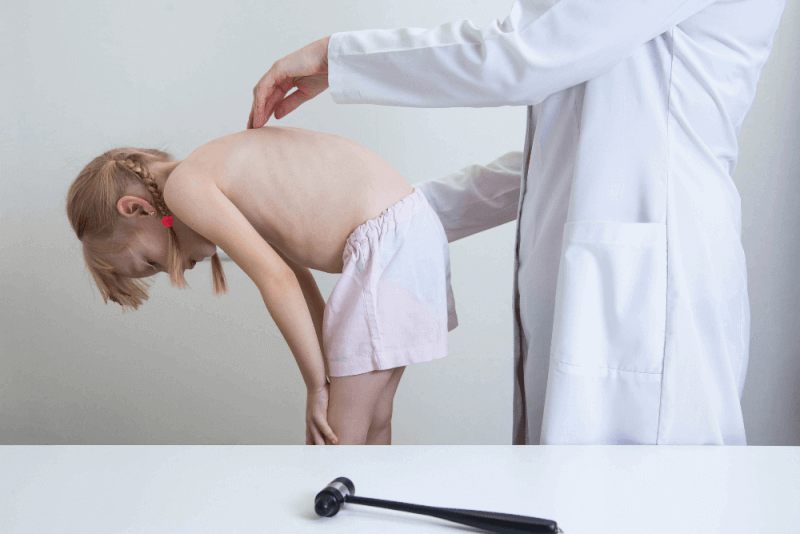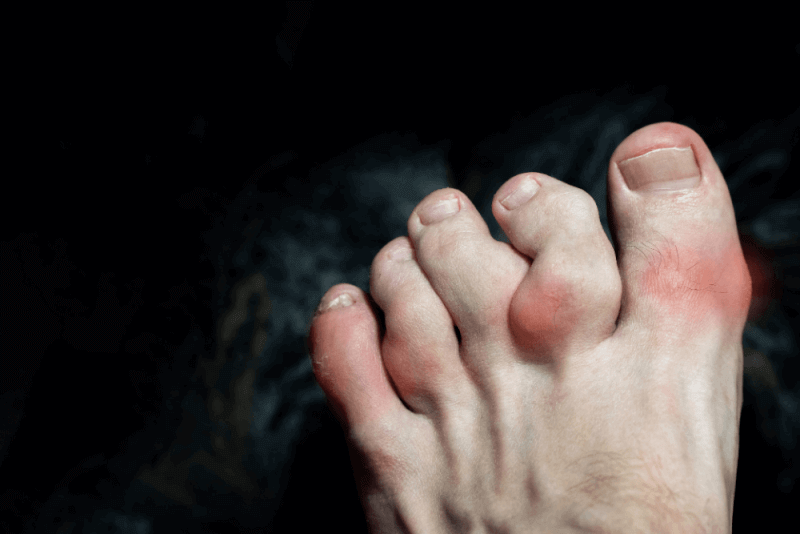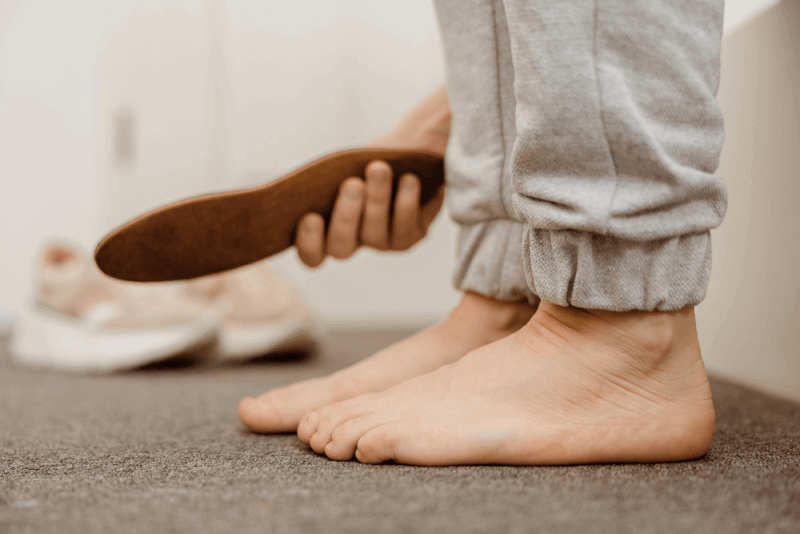30-Second Summary
- Kyphoscoliosis is a condition that can develop at any age. A significant portion of the cases are idiopathic, meaning the cause is unknown.
- The characteristic symptom of kyphoscoliosis is a forward-leaning and asymmetric back.
- Treatment for kyphoscoliosis is individually tailored for each patient.
- Some pain is expected after surgery. This pain can be managed through various methods. Additionally, a cast may be required for support.
What is Kyphoscoliosis?
Kyphoscoliosis, a spinal condition, is a combination of two disorders. A normal spine structure ensures that the spine remains strong and flexible, allowing it to absorb and distribute mechanical stress effectively. Like many other spinal disorders, kyphoscoliosis leads to a loss of the spine’s natural curvature.
The spine consists of three main sections: cervical (neck), thoracic (mid/upper back), and lumbar (lower back). Each region has a distinct curvature. While the cervical and lumbar regions curve inward, the thoracic region curves outward.
A diagnosis of kyphosis indicates an exaggerated outward curvature of the thoracic spine, which causes the upper back and shoulders to round excessively, resulting in a forward-leaning posture.
Scoliosis refers to an abnormal lateral curvature of the spine. This causes a three-dimensional distortion, where the spine curves not only sideways but also in unnatural directions from front to back or vice versa.
Causes of Kyphoscoliosis
Kyphoscoliosis can develop at any age. A significant number of cases are idiopathic, meaning the cause is unknown. In some cases, poor posture habits lead to postural kyphoscoliosis, which can usually be improved through physical therapy depending on the degree of curvature.
Infections such as tuberculosis and osteochondrodysplasia can weaken the spine and lead to kyphoscoliosis. Individuals over the age of 50 with existing degenerative diseases such as osteoporosis or osteoarthritis may also develop kyphoscoliosis.
Symptoms of Kyphoscoliosis
Each case is unique, and factors such as the patient's age, general health condition, type and severity of the disease, and location of the curvature cause variation in symptoms. However, the characteristic symptom of kyphoscoliosis is a forward-leaning and asymmetrical back. Other symptoms may include:
- Excessively rounded upper back/shoulders
- Uneven shoulder blades and shoulders
- Uneven hips
- Arms and legs appearing longer on one side
In severe cases of kyphoscoliosis or when left untreated, additional symptoms may appear, including:
- Increased postural deviation
- Back pain
- Breathing difficulties
- Muscle weakness
- Stiffness
- Loss of appetite
- Fatigue
- Heart problems
- Neurological issues
Diagnostic Criteria for Kyphoscoliosis
Kyphoscoliosis is usually diagnosed through a comprehensive physical examination. This exam includes evaluating the patient’s symptoms, taking a family history, and observing posture and gait. In spinal disorders, bending the patient forward helps to detect the condition more easily. This test is called the Adam’s test.
In advanced cases of kyphoscoliosis, an X-ray is required to clarify the condition and evaluate it in more detail.
If the condition causes neurological symptoms, the evaluation includes checking for neurological function, muscle weakness, or loss of strength.
Treatment Methods for Kyphoscoliosis
Kyphoscoliosis treatment is planned specifically for each patient. Several variables are considered during planning, including the patient’s age, whether a healthy posture can be maintained, causes of the condition, and overall health status.
For children and adolescents, the preferred initial treatment is monitoring spinal changes. During this period, the response of the spine to treatment, signs of progression, and severity are closely monitored.
Physical Therapy
Physical therapy is often used in treating mild to moderate cases. The goal of this therapy is to strengthen the spinal tissues to correct the curvature as much as possible.
Supportive Therapy
In mild and moderate cases of kyphoscoliosis, back braces are used to prevent spinal curvature. These supports reinforce muscles and bones, promoting spine straightening.
These supportive braces are still under development, as they must prevent curvature in both the sagittal and coronal planes.
Kyphoscoliosis Surgery
If kyphoscoliosis becomes severe and breathing is impaired, surgical intervention should be considered. When deciding on surgery, factors such as age, general health, risks, and recovery time must be taken into account.
Kyphoscoliosis surgeries are major procedures aimed at correcting abnormal curvature. During surgery, the surgeon makes several incisions and repositions the spine. Various instruments are used to maintain the spine in its new position.
Methods of Kyphoscoliosis Surgery
Fusion surgery is performed in kyphoscoliosis operations. This surgery involves placing pedicle screws and metal rods to correct the spinal curvature and rotation.
The bone grafts used help the vertebrae to fuse, and the incision, fusion, and instrumentation are critical steps in these procedures.
Benefits of Kyphoscoliosis Surgery
Kyphoscoliosis surgeries aim to eliminate symptoms that significantly affect the quality of life in severe cases. Additionally, by improving posture, the surgeries also help alleviate symptoms such as gait disorders and pain.
Complications of Kyphoscoliosis Surgery
Today, kyphoscoliosis surgeries are much safer. However, there is still a risk of some complications. Possible complications include the following:
- The most concerning complication is paraplegia, which may result in loss of sensation in the lower body and legs. Various monitoring methods are used during surgery to manage this risk.
- Due to extensive muscle detachment during the operation, patients may experience significant blood loss. To keep this loss within reasonable levels, continuous blood transfusion is performed during surgery.
- Failure of spinal fusion
- Infection
- Cerebrospinal fluid leakage
- Instrumentation failure
Some complications caused by the surgery may appear years later. These include:
- Flat back syndrome — defined as the loss of curvature in the lower spine, which can cause severe pain.
- Crankshaft phenomenon — occurs when the front part of the spine continues to grow while the back part does not, leading to significant pain.
- Adding-on phenomenon — happens when the thoracic curve is fused but the curvature below the fusion level continues to progress. This typically occurs when the patient's bone growth is not fully matured.
Kyphoscoliosis Recovery Process
It is expected for patients to experience some pain after surgery. These pains can be managed using various methods. In addition, a cast may be required for support.
The recovery process varies from patient to patient. However, with physical therapy and rehabilitation, it is possible to regain strength and flexibility. For a successful recovery, the doctor's instructions must be followed carefully.







